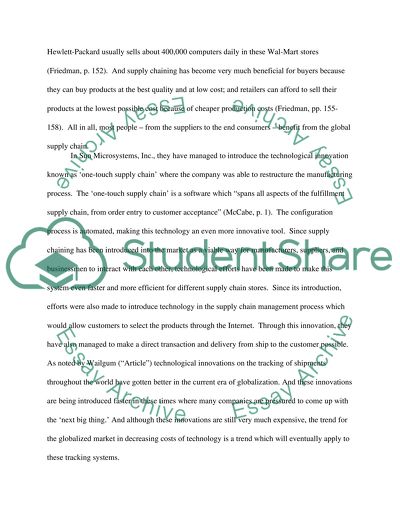Cite this document
(The Supply Chaining of Technological Innovations Term Paper, n.d.)
The Supply Chaining of Technological Innovations Term Paper. Retrieved from https://studentshare.org/marketing/1566194-career-essay
The Supply Chaining of Technological Innovations Term Paper. Retrieved from https://studentshare.org/marketing/1566194-career-essay
(The Supply Chaining of Technological Innovations Term Paper)
The Supply Chaining of Technological Innovations Term Paper. https://studentshare.org/marketing/1566194-career-essay.
The Supply Chaining of Technological Innovations Term Paper. https://studentshare.org/marketing/1566194-career-essay.
“The Supply Chaining of Technological Innovations Term Paper”, n.d. https://studentshare.org/marketing/1566194-career-essay.


